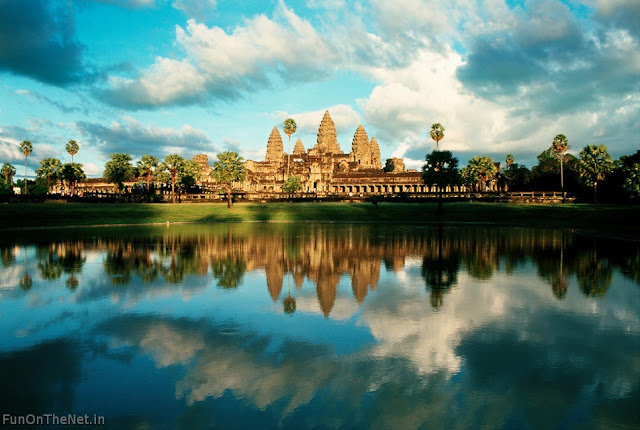Prambanan
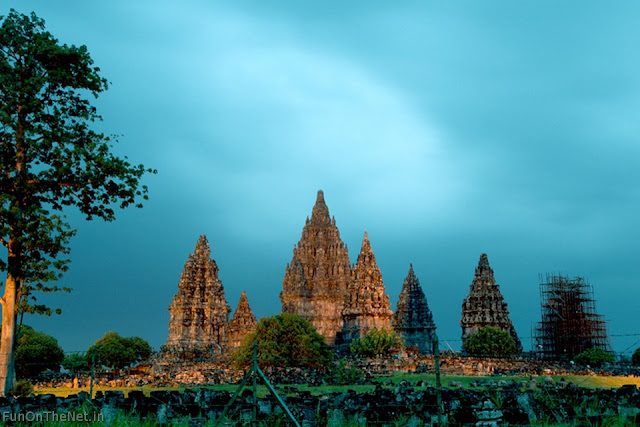

Prambanan is the largest Hindu temple compound in Central Java in Indonesia, located approximately 18 km east of Yogyakarta. The temple is a UNESCO World Heritage Site and is one of the largest Hindu temples in south-east Asia. It is characterised by its tall and pointed architecture, typical of Hindu temple architecture, and by the 47m high central building inside a large complex of individual temples.
Shwedagon Pagoda
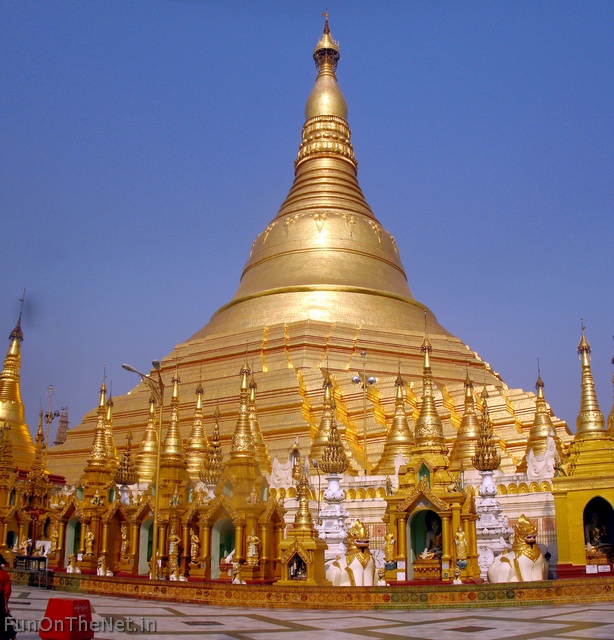

The Shwedagon Pagoda also known as the Golden Pagoda, is a 98-metre (approx. 321.5 feet) gilded stupa located in Yangon, Burma. The pagoda lies to the west of Kandawgyi Lake, on Singuttara Hill, thus dominating the skyline of the city. It is the most sacred Buddhist pagoda for the Burmese with relics of the past four Buddhas enshrined within, namely the staff of Kakusandha, the water filter of Konagamana, a piece of the robe of Kassapa and eight hairs of Gautama, the historical Buddha.
Temple of Heaven


The Temple of Heaven, literally the Altar of Heaven is a complex of Taoist buildings situated in southeastern urban Beijing, in Xuanwu District. The complex was visited by the Emperors of the Ming and Qing dynasties for annual ceremonies of prayer to Heaven for good harvest. It is regarded as a Taoist temple, although Chinese Heaven worship, especially by the reigning monarch of the day, pre-dates Taoism.
Chion-in

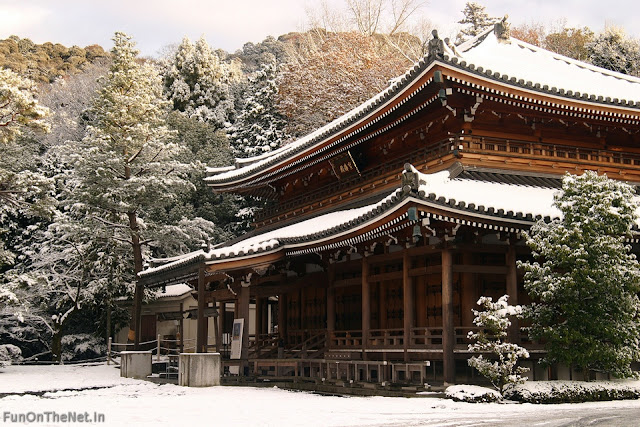
Chion'in Temple in Higashiyama- ku, Kyoto, Japan is the headquarters of the Jodo Shu (Pure Land Sect) founded by Honen (1133-1212), who proclaimed that sentient beings are reborn in Amida Buddha's Western Paradise (Pure Land) by reciting the nembutsu, Amida Buddha's name.
The vast compounds of Chion-in include the site where Honen settled to disseminate his teachings and the site where he died.
Harmandir Sahib
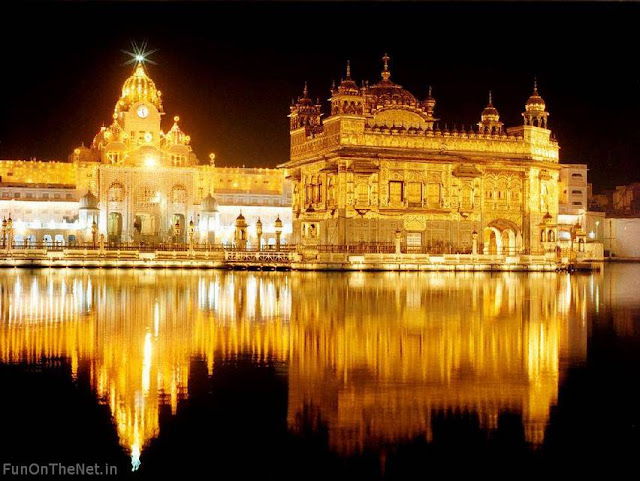

Sri Harmandir Sahib or Darbar Sahib, informally referred to as The Golden Temple or Temple of God, is culturally the most significant place of worship of the Sikhs and one of the oldest Sikh gurdwaras. It is located in the city of Amritsar, which was established by Guru Ram Das, the fourth guru of the Sikhs and the city that it was built in, is also due to the shrine, known as "Guru Di Nagri" meaning city of the Sikh Guru.
Sri Ranganathaswamy Temple
(Srirangam)
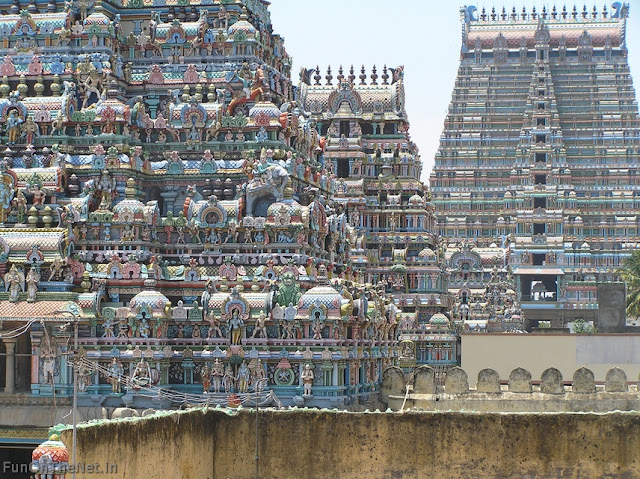
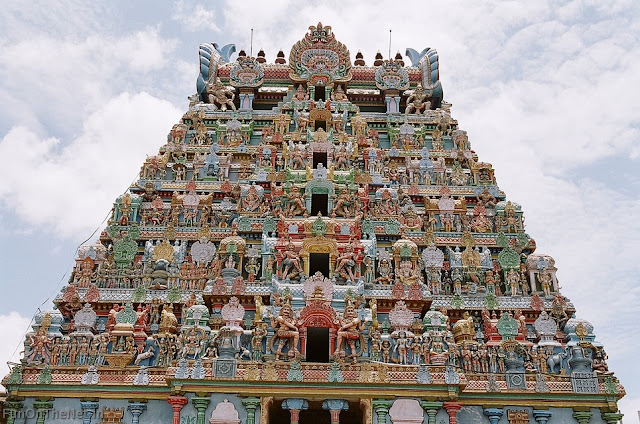
The temple occupies an area of 156 acres (6,31,000 m²) with a perimeter of 1,116m (10,710 feet) making it the largest temple in India and one of the largest religious complexes in the world. In fact, Srirangam temple can be easily termed as the largest functioning Hindu temple in the world (Angkor Wat being the largest non-functioning temple). The temple is enclosed by 7 concentric walls with a total length of 32,592 feet or over six miles. These walls are enclosed by 21 Gopurams (Towers). Among the marvels of the temple is a "hall of 1000 pillars" (actually 953).
Angkor Wat

